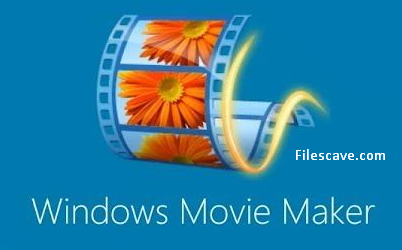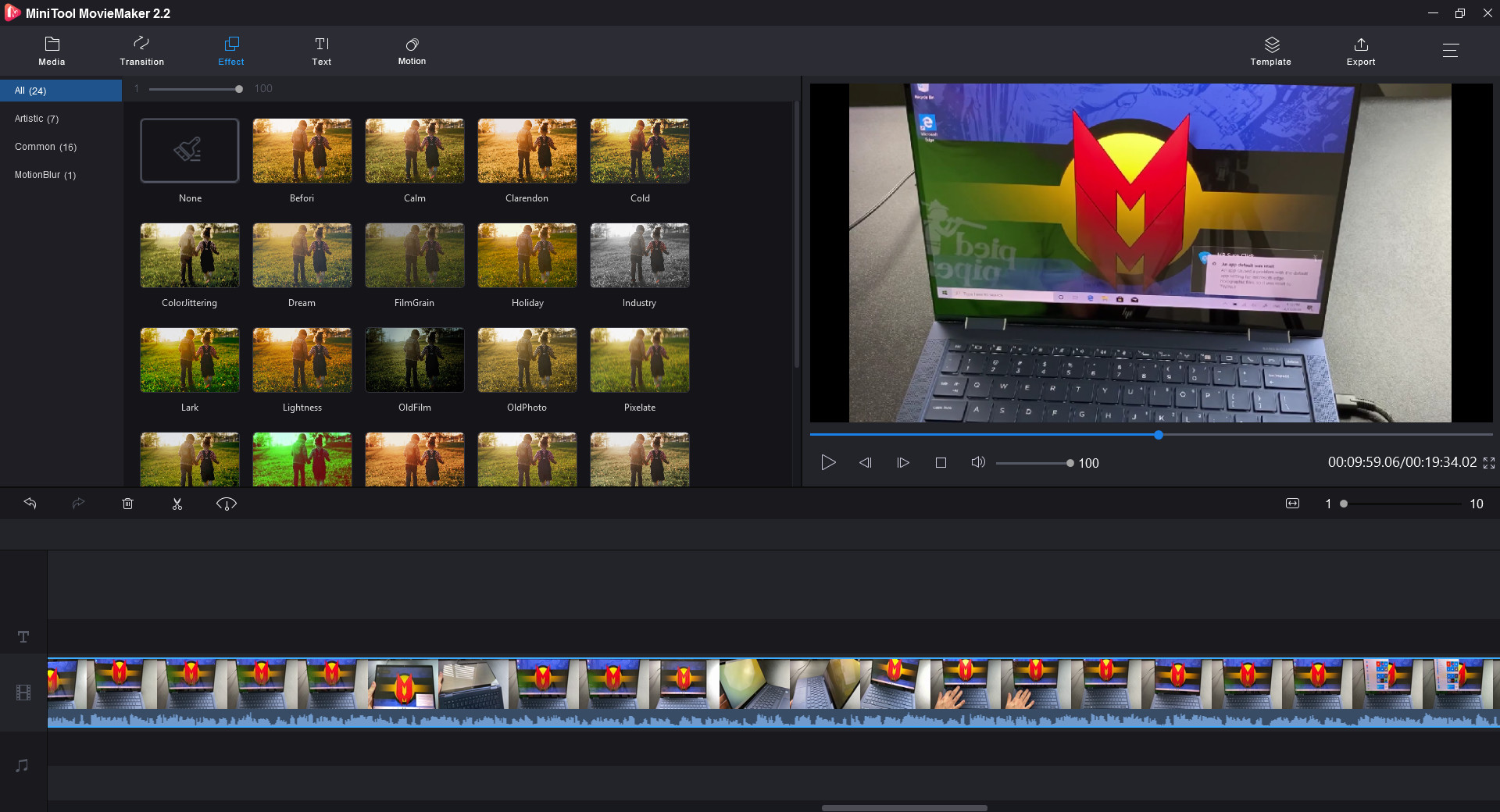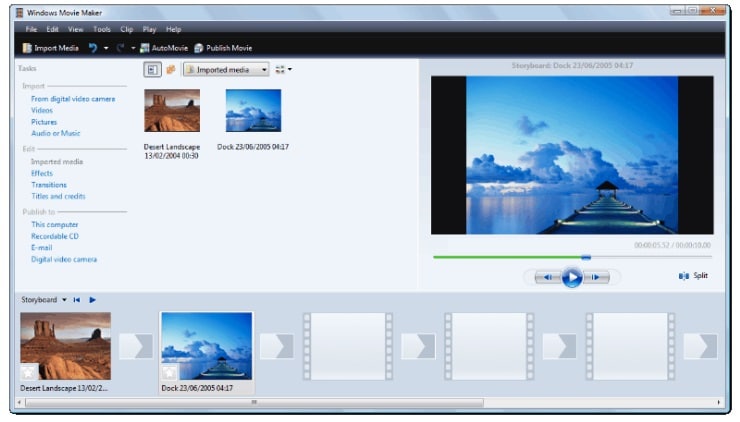

4) Set your camera to automatically shoot every 3 seconds and begin. Test out your manual setting to ensure it's not too bright or dark. This means you should manually dial your: exposure time, aperture size, focus, white balance, ISO,and (if totally necessary) flash.

3) Don't leave any of your camera settings on 'automatic' because this will introduce brightness changes between frames. This will give you more source material when we do some heavy cropping later.

2) Use the largest resolution possible, and a low zoom factor. Clouds or crowds or sunsets are decent starting places. Look for something that moves or evolves slowly over the course of a few minutes. Batch editing is a big topic I won't go into, but this should get you started on photoshop: ġ) Find an interesting subject. 4) (optional) Photoshop or Gimp to alter your images' lighting and color. Or just find a flat surface to place your camera on during the shoot. If you don't have one, check for cheap builds here on Instructables. The camera needs to be totally steady during your shoot, so a tripod is handy. If you have a mac, I'm sure iMovie can substitute for Windows Movie Maker. Check their list of supported cameras: 2) Some free software: I use ImageMagick to simulate pan and zoom, then Windows Movie Maker to stitch the frames together and add music and text. I have installed this on my Canon Digital Rebel XT, but there are plenty of cheaper options. Luckily you can do the same thing on a consumer point and shoot using a firmware called CHDK. Many high end cameras support this through software or hardware attachments. 1) An appropriate camera: The key things you need are the ability to schedule automatic shots and manually set exposure parameters.


 0 kommentar(er)
0 kommentar(er)
